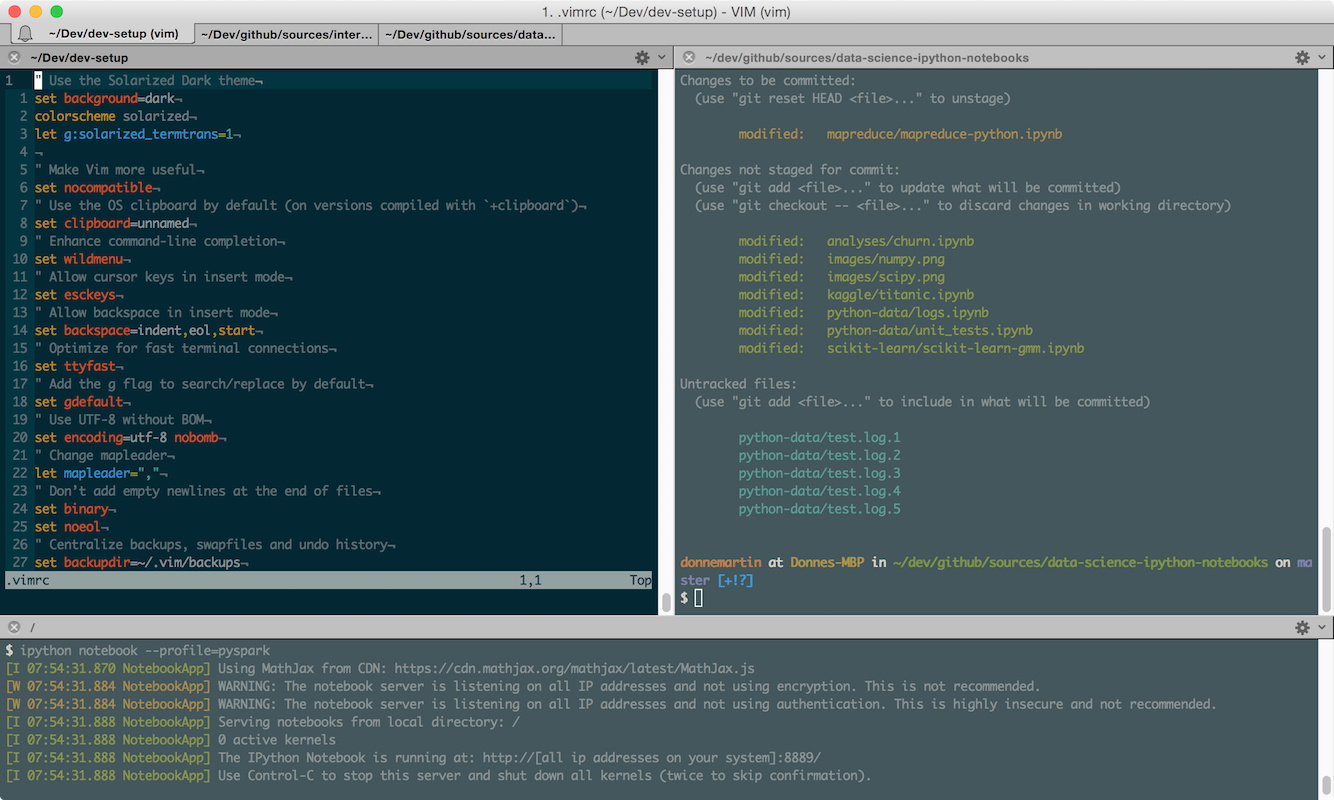
Third party versions of Wine, such as Wineskin, Winebottler, and PlayOnMac, are not supported by WineHQ. Note: Files in this directory are unused on macOS unless you use a UNIX window manager and other X11 applications instead of the native MacOS apps.
HOMEBREW OSX FREE
Check the hidden directory `$HOME/.local/` where Wine stores some desktop menu entries and icon files as it interoperates with the X.Org Foundation and the Free Desktop.Clean-up pseudo C: drive and registry entries as well as all programs installed to C:.
HOMEBREW OSX CODE
Then simply delete your local Wine source code directory: Otherwise and if you used `sudo make install`, revert it: Replace wine with wine-devel if you installed the development version. Sudo port uninstall -follow-dependencies wine Using MacPorts, uninstall the wine package you previously installed: See Building Wine on macOS Uninstalling Wineīrew uninstall -cask (selected wine package) The -no-quarantine line is to avoid brew adding the quarantine flag. The advantage of installing via homebrew means wine is available from a standard terminal session Wine-stable, wine-devel or wine-staging packages can be installed using the above example.
HOMEBREW OSX INSTALL
To install wine the following command can be used īrew install -cask -no-quarantine (selected wine package) Winehq packages can be installed using homebrew There is no need to set DYLD_* environment variables all paths are relative, so it should work as long as the directory structure is preserved (you can skip the /usr prefix though using -strip-components 1). To install from a tarball archive, simply unpack it into any directory.
HOMEBREW OSX WINDOWS
For user convenience, the package also associates itself with all *.exe files, which means you can run windows executables just by double-clicking on them. from the Terminal, as the PATH variable is set correctly. You can now directly start wine/winecfg/. By clicking on it, a new Terminal window opens with a short introduction into some important wine commands. After the installation is finished, you should find an entry "Wine Staging" or "Wine Devel" in your Launchpad. It is possible to install the package either for all users (needs administrator privileges), or just for your current user. pkg file, double-click on the package, and the usual macOS installer wizard should open. pkg file is recommended for inexperienced users. pkg files and tarball archives are available at.

You can learn more about Homebrew and how it works via its website right here.Translations of this page: Français (Translators, please see Discussion page.)
HOMEBREW OSX SOFTWARE
Enjoy using Homebrew.įor those unfamiliar, HomeBrew brands itself as “the missing package manager for macOS.” It allows users to easily install free and open-source macOS software using the Terminal. Particular thanks on Homebrew 3.0.0 go to MacStadium and Apple for providing us with a lot of Apple Silicon hardware and Cassidy from Apple for helping us in many ways with this migration. Thanks to all our hard-working maintainers, contributors, sponsors and supporters for getting us this far. Homebrew worked with the folks at MacStadium and Apple to make this migration: Rosetta 2 on Apple Silicon still provides support for Intel x86_64 in /usr/local. Homebrew doesn’t (yet) provide bottles for all packages on Apple Silicon that we do on Intel x86_64 but we welcome your help in doing so. formula pages indicate for which platforms bottles (binary packages) are provided and therefore whether they are supported by Homebrew. Here are the details:Īpple Silicon is now officially supported for installations in /opt/homebrew.

Now, Apple Silicon installation is officially supported.

Homebrew worked on Apple Silicon prior to today’s announcement, but with some limitations and other issues. The macOS package management system Homebrew now officially supports Apple Silicon installations. One of the most popular macOS utilities has been updated with Apple Silicon support today.


 0 kommentar(er)
0 kommentar(er)
